It was probably a photo much like this one that first drew me to Lake Ohrid.
Ever since then Macedonia’s largest lake has been a firm feature on my travel wish list. It was just a case of waiting for the right opportunity to arise to facilitate a visit there.
And, while researching a recent trip to Albania, I realised that it was actually cheaper to fly home from Ohrid, Macedonia than it was from Albania’s capital city, Tirana. So, this seemed like the perfect opportunity to tag a couple of days in Ohrid on to the end of our Albanian adventure.
Some of the links in this post are affiliate links. All this means is that if you make a purchase through one of the links I have provided, I will earn a small commission as a result but the cost to you will remain exactly the same.
Where is Lake Ohrid and how do I get there?
Ohrid is located 130 kilometres (a two-hour 15 minute drive) east of Tirana or 173 kilometres (a two-hour 32 minute drive) south west of North Macedonia’s capital, Skopje. There are daily bus services from both Tirana and Skopje. If you’re travelling from Tirana (as we did), the bus service is operated by Euro Bus and leaves the International Bus Terminal daily at 14:00 hours (correct June 2019). Ohrid’s bus terminal is a few kilometres out of town, but for an extra €2 the driver dropped us right in the centre.
Alternatively, you may be arriving into Ohrid’s International Airport, which is a 10-kilometre journey by taxi (there are no buses) that takes approximately 20 minutes.
A few fun facts about Ohrid
- Ohrid is one of the oldest continuously occupied towns in Europe, with a history dating back to Neolithic times.
- Lake Ohrid is the oldest continuously existing lake in Europe. I’m not quite sure how a lake can be anything but continuously existing (they don’t just disappear and then mysteriously return!) but there you have it!
- Both the lake and town of the same name form part of the country’s only UNESCO World Heritage Site.
- Like Lake Titicaca in Peru/Bolivia, Lake Ohrid was formed in a geotectonic depression (an area of land that’s sunken beneath the surrounding area due to tectonic activity)
- Lake Ohrid is the deepest lake it the Balkans, with a maximum depth of 288m.
- Lake Ohrid hosts more than 200 endemic species – the most well-known being the Ohrid trout (Salmo letnica).
Where to stay in Ohrid
I’m sure there are many other wonderful places to stay in Ohrid, but the apartment we booked for two nights honestly was perfect in every way. For starters, the view from our spacious private terrace looked like this:
To be completely honest, this spectacular view of Lake Ohrid was the main reason I booked Maslov Apartments in the first place.
But I was pleasantly surprised to find that everything else was amazing too – the large floor to ceiling windows that let lots of light into the room, the comfy beds, the spotless bathroom and super hot and powerful shower, the coffee/tea making facilities and snacks and the lovely host (I think her name is Andréa) who lives downstairs and is always on hand whenever you need her.
We also couldn’t have asked for a better location, literally steps from the infamous Church of Sv Jovan Kaneo. Yes, it’s a little uphill from the main part of Ohrid’s Old Town but that’s what affords it such wonderful views. And we were still only 750 metres from the main city square and port, and minutes from shops, cafés and restaurants.
Have a guess how much we paid for two nights here? £62, that’s how much little. And people wonder why I don’t holiday in the UK more often. I rest my case!
Things to see and do in Ohrid in two days
Ohrid’s Old Town is pretty compact, so all the sights and attractions are within easy walking distance of each other (you may have to conquer a few hills in the process though!). After spending an action packed seven days travelling around Albania, we were keen to slow the pace a little here for the last couple of days of our trip, but we still found plenty to keep us occupied both at ground level and above it!
Whether you’ve got just one day to explore Lake Ohrid or a whole weekend, here are a few suggestions for things to see and do in town.
1 | Visit the most photographed church in North Macedonia
I’ve already mentioned this church once in this post, so I thought I’d start by properly introducing it. If you’ve seen photos of Lake Ohrid, this is probably the church that features in the vast majority of them.
Built at the end of the 13th century by an unknown benefactor and boasting an enviable location perched on the cliffs directly above the lake, the Church of Sv Jovan Kaneo (also known as St. John the Theologian) is a Macedonian Orthodox church that’s located around a kilometre west of the Port of Ohrid.
As we were staying less than 200 metres away, we made several trips down to the church, in order to photograph it at different times of the day.
It’s lovely first thing in the morning when it’s beautifully devoid of tourists and when the sun illuminates its eastern facade, but it’s equally beautiful during golden hour and at dusk.
According to legend there were once 365 churches within Ohrid’s city boundaries – one for every day of the year.
I don’t think we’ll ever know if this was true or not, but there are definitely a lot of churches still to be found inside the old city walls. Sv Sofia, Sv Kilmet at Plaošnik, Sv Bogorodica Perivleptos and Sv Bogorodica Bolnicka and Sv Nikola Bolnicki are some of the others you may want to seek out.
2 | Take a hike up to Tsar Samoil’s Fortress (a.k.a Samuel’s Fortress)
I must admit that we weren’t blessed with the best weather for the majority of our time in Ohrid. It was sunny when we first arrived but the longer we spent there the more the cloud began to build, to the point that I think we only narrowly escaped a thunderstorm on the afternoon of day two.
Obviously I picked the afternoon of day two to climb up to the town’s castle.
Because, with such a short amount of time here, I couldn’t afford to wait for sunnier skies to reappear.
There are a number of different approaches to Samuel’s Fortress, but I followed the track which leads up to it just above the Church of Sv Jovan Kaneo. The climb takes you through a disorientating beech forest before finally bringing you out near the main entrance gate to the castle.
There’s meant to be an entrance fee of 30MKD, but I think the guy in the ticket booth must have gone for a ‘comfort break’ when I walked past, because I was able to do just that – walk past, without paying. This then made me feel like some kind of criminal throughout the entirety of my visit, and I was convinced that I’d get noticed when I left and have to try and explain myself in order to escape arrest.
Still, it didn’t stop me from spending well over an hour up there.
Whilst records show that a fortress has stood on the top of Ohrid Hill since the 3rd century B.C, Samuel’s Fortress itself dates from the end of the 10th century. The three-kilometre fortified wall has mostly been preserved in good condition (a chunk of which you can walk along), but the inside of the fortress is nothing but ruins awaiting restoration.
And even in spite of the weather, there were some spectacular 360-degree views of Ohrid from the castle walls.
3 | Take the scenic route back from the castle, along the western shores of Lake Ohrid
The map below shows the route I took up to the castle from the Church of Sv Jovan Kaneo (blue dotted line) and the route I took back (grey line), although if you download the North Macedonia map on Maps.me, it will give you a lot more detail. This one doesn’t show all the tiny little footpaths I followed and all the viewpoints I stopped at.
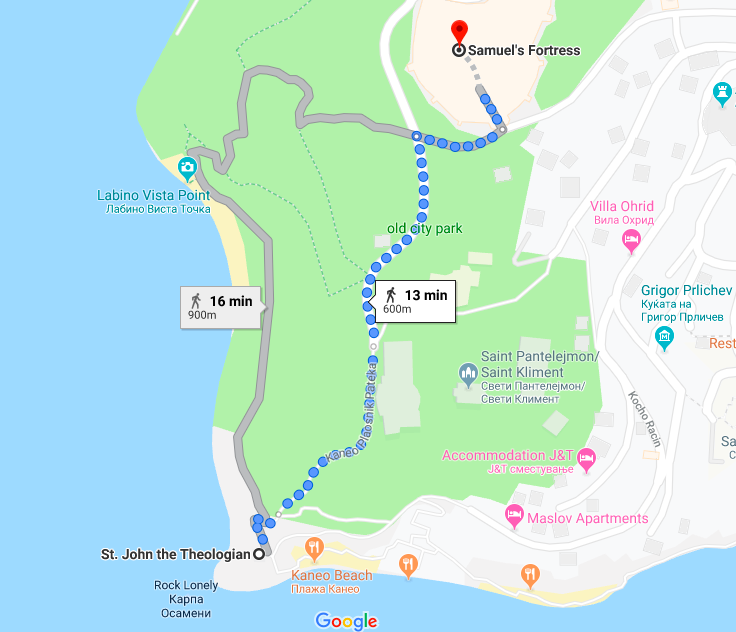
As you exit the main castle gate, turn right and follow the castle walls around. Keep your eyes peeled for a narrow track on your left that’s overgrown with vegetation, as that’s the one you’ll need to take.
It will bring you out high above the shores of the lesser-visited western side of Lake Ohrid, and you can follow the pathway all the way around the headland.
You’ll also find Labino Beach on route. It’s a deserted little cove, which – had the weather been a bit nicer – would have made the perfect spot for a bit of swimming and relaxation away from the crowds.
4 | Check out the old Roman Theatre
I’ll be honest with you and tell you that I never made it here, but when I discovered its existence from a friend who’s also been to Ohrid and mentioned the amphitheatre in a comment on Facebook after I’d returned, I was absolutely gutted to have missed it. So that you don’t do the same, it’s located near the Upper Gate.
The Roman theatre is over 2000 years old, but was only fully uncovered in the 1990s after a trial excavation in the early 20th century confirmed its exact location.
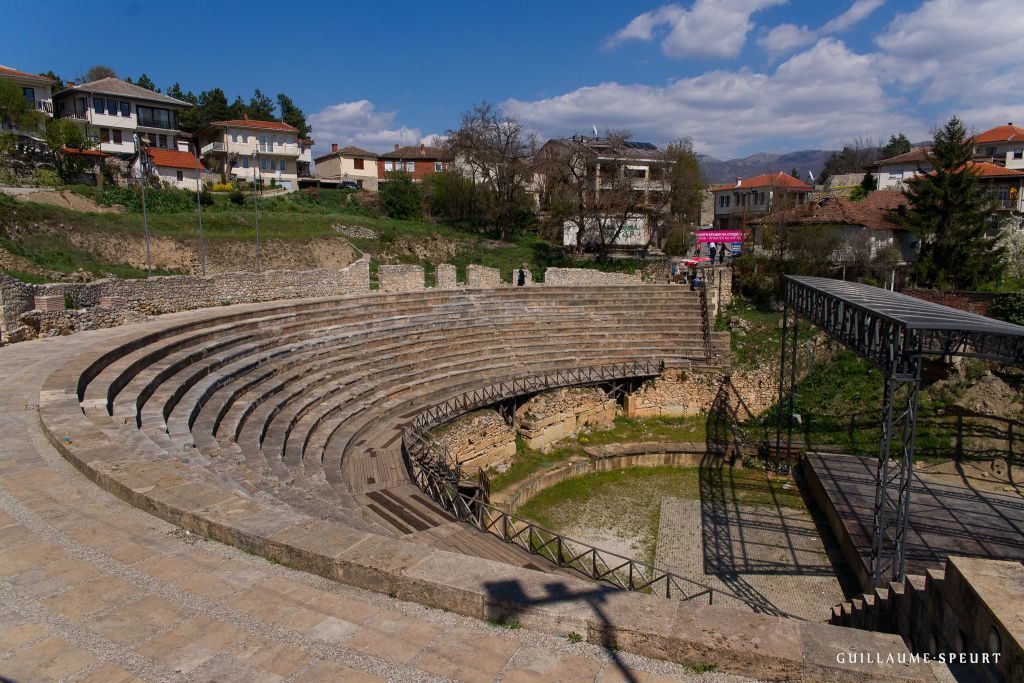
Photo by Guillaume Speurt via Flickr’s Creative Commons licence
My friend Kath also tells me that there is an amazing restaurant overlooking the amphitheatre, which she 100% recommends if you want to sample some traditional Macedonian food in an atmospheric setting. The restaurant is called Gladiator and gets glowing reviews on Trip Advisor.
5 | Take a paragliding flight over Lake Ohrid
If Stu is ever presented with the opportunity to go paragliding, you can bet your bottom dollar that he won’t be able to pass it up. As a result we’ve taken some incredible flights all over the world, most recently in Mestia, Georgia.
It was our first day in Ohrid and we’d headed into town to find an ATM at which to withdraw some Macedonian denar. Right opposite the ATM was, you’ve guessed it, a paragliding agency – Paragliding Ohrid.
Paragliding Ohrid operate from Cuba Libre beach – just under two kilometres or a 20-minute walk from the Port of Ohrid. It’s part of a larger venture run by Paragliding Club Vertigo from Skopje, who’ve been in business since 2002 but only set up in Ohrid in 2010. They run flights primarily during the Summer months (June to September), but will operate outside of these times if the weather permits. You can contact them on Facebook here or by email at info@paraglidingohrid.com.
If you’ve ever been paragliding before, you’ll know that the quality of the flight (particularly the length of time you are actually airborne for) is largely determined by weather conditions, and we had dark, cloudy skies and a distinct lack of thermals.
I’m not going to lie, it was disappointing. But I think we’ve been so lucky with all of our other flights that I’d been spoiled a bit up until this one. That said, I still loved the opportunity to view Ohrid from a bird’s eye perspective.
6 | Take a walk along the lakeside
The primary reason we ended up doing this was to meet with our Paragliding Ohrid pilots at Cuba Libre beach, but I’d thoroughly recommend it as an activity in itself. East of the port of Ohrid, you can walk right alongside the lake for several kilometres.
If you’re lucky you’ll get to hear the frog chorus as well.
These little creatures gather in armies (interchangeable with ‘colonies’ and ‘knots,’ according to my internet research on collective nouns) close to the surface, with only their faces visible above the water. And between them, they make one of the strangest sounds you’ve ever heard.
As we walked back towards Ohrid’s Old Town following our paragliding experience with Paragliding Ohrid, the thunder clouds were really starting to build and we were convinced we were going to get caught out with not a single waterproof item between us (we’d left everything but the essentials back at our apartment).
It did make for some moody shots though.
7 | Have dinner at lakeside Kaj Kanevche
Located next to Kaneo Beach at the quieter end of Ohrid’s Old Town, Kaj Kanevche was our favourite of the two (and only two!) lakeside restaurants that are located at this end of town.
Bearing in mind that Kaneo and Kaj Kanevche are right next to each other on the water’s edge, the prices were a lot lower at Kaj Kanevche and, in our opinion, the food was a lot better too. Kaneo’s menu is primarily fish dishes, whereas Kaj Kanevche feature more traditional Macedonian food and a large choice for vegetarians.
If you’re deliberating over what to order, we can recommend the stuffed peppers and beans in a pan (which had a lovely rich, smoky flavour), and the Greek salad was definitely one of the better ones I’ve eaten.
At both restaurants there is a high probability that you’ll be joined by one or two of the local cat population at some point during your meal – especially if you’re eating fish.
And that’s just about all we had time for during our (just shy of) two days in Ohrid. If you’ve visited Ohrid and have any other recommendations for things to do in town, please leave them in the comments below.
If you like this article, please share it on social media using the share buttons at the top of the post. And if you’d like to save it for reading later, why not pin to one of your Pinterest boards? Alternatively you can follow along on Facebook, Twitter, or Google+ or you can look me up on Instagram or Pinterest too!

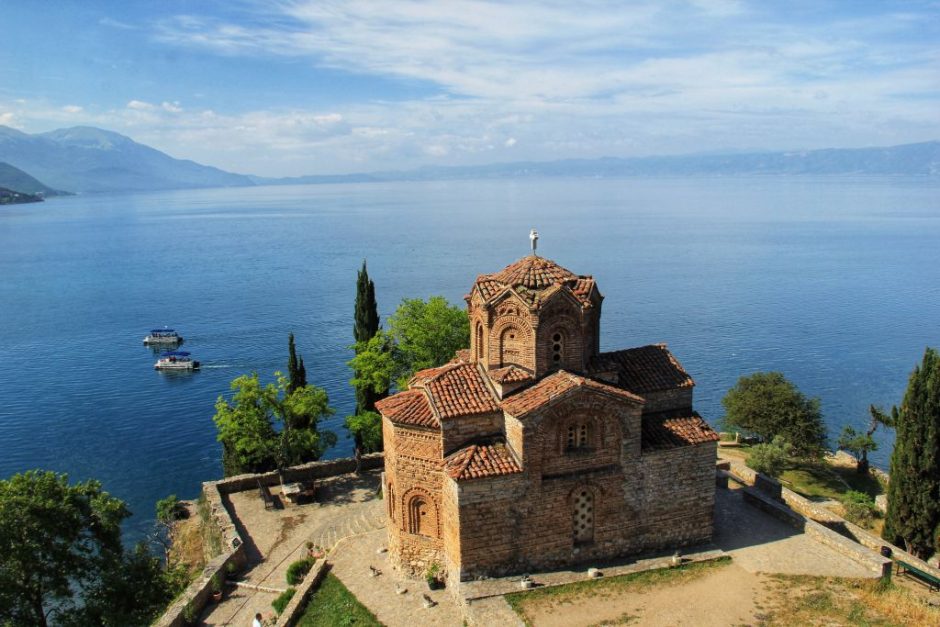


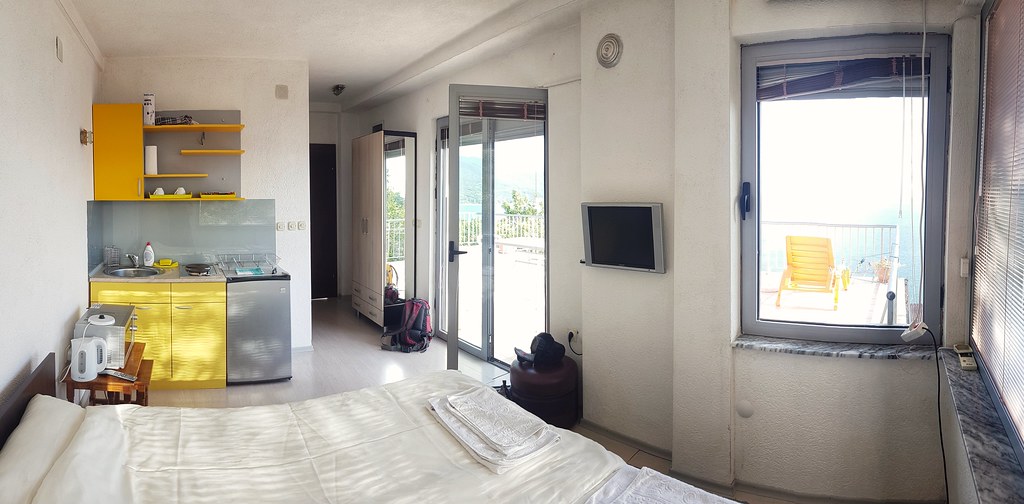



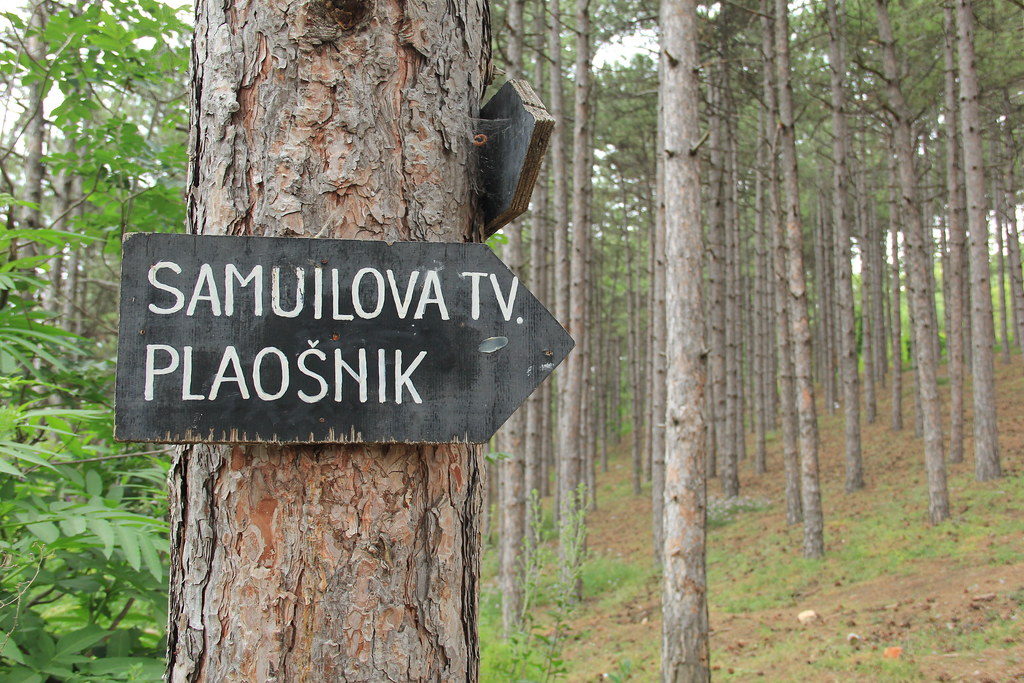
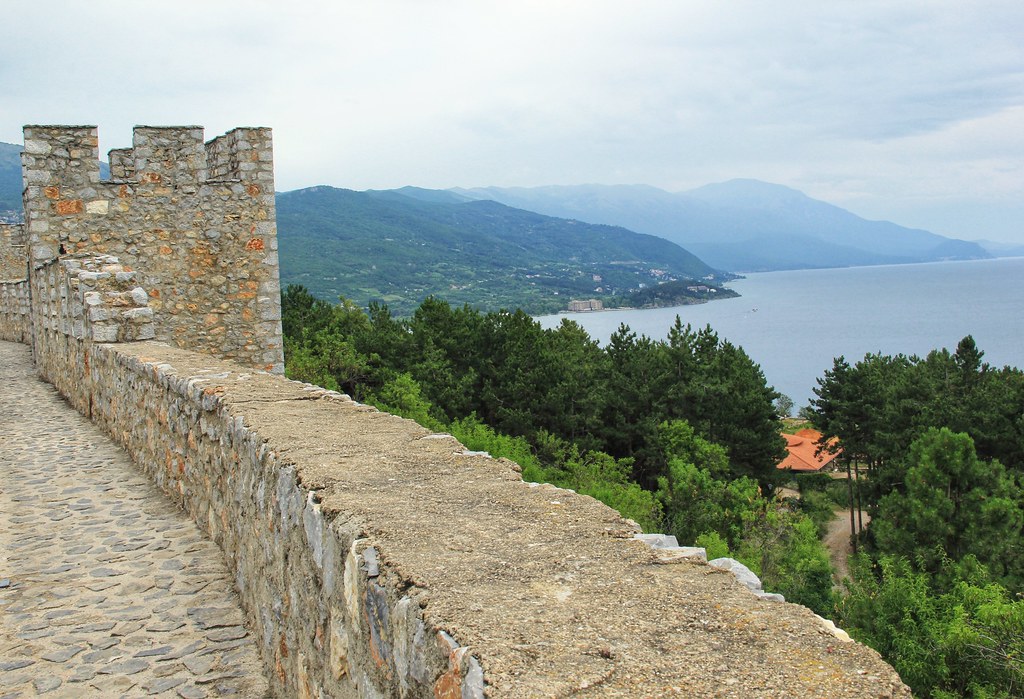
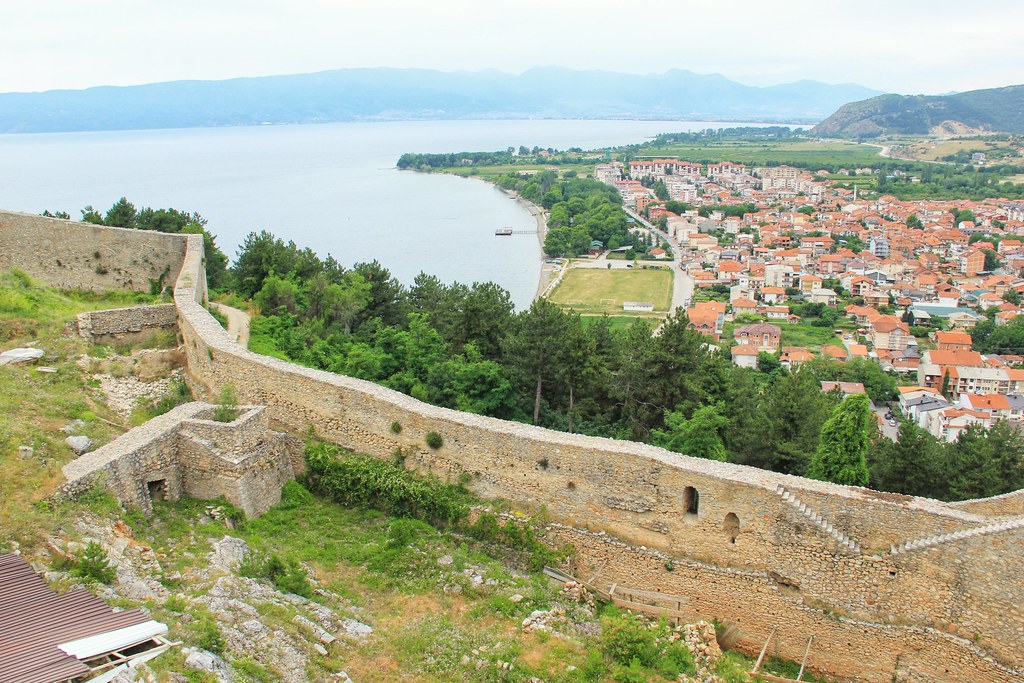


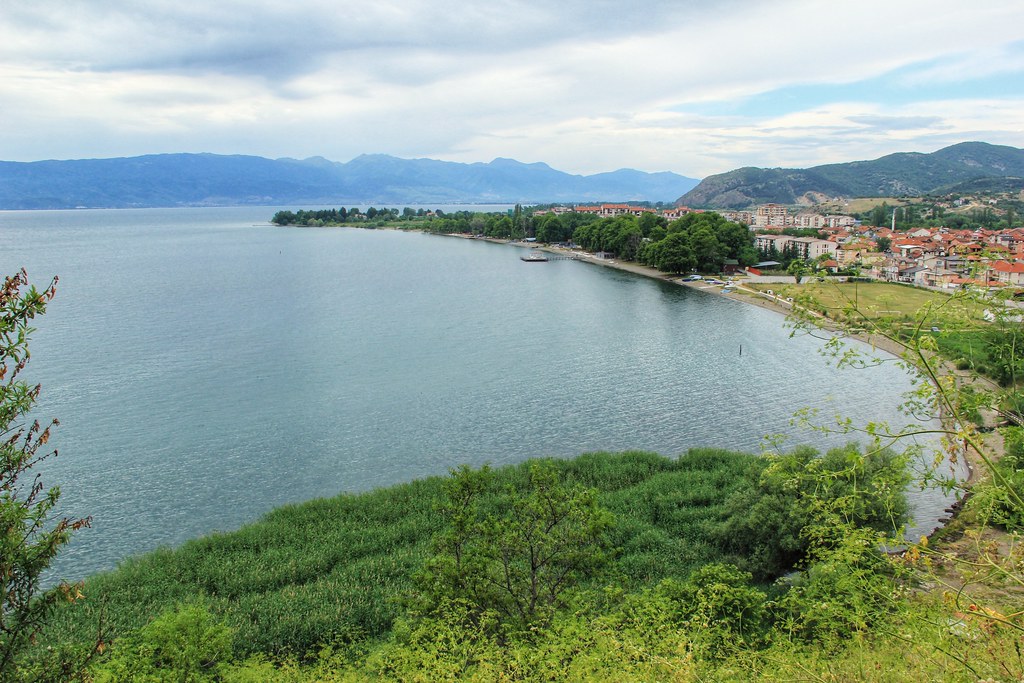


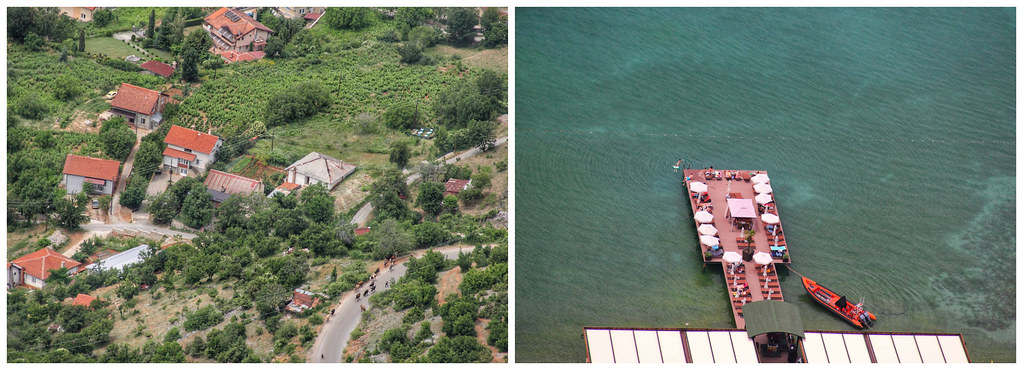
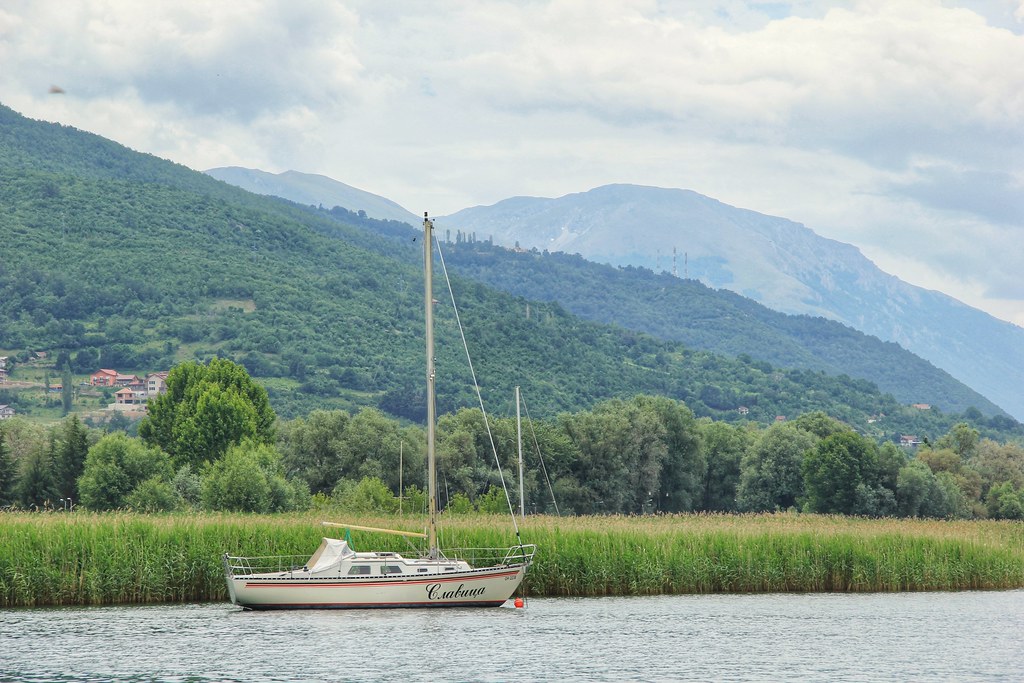

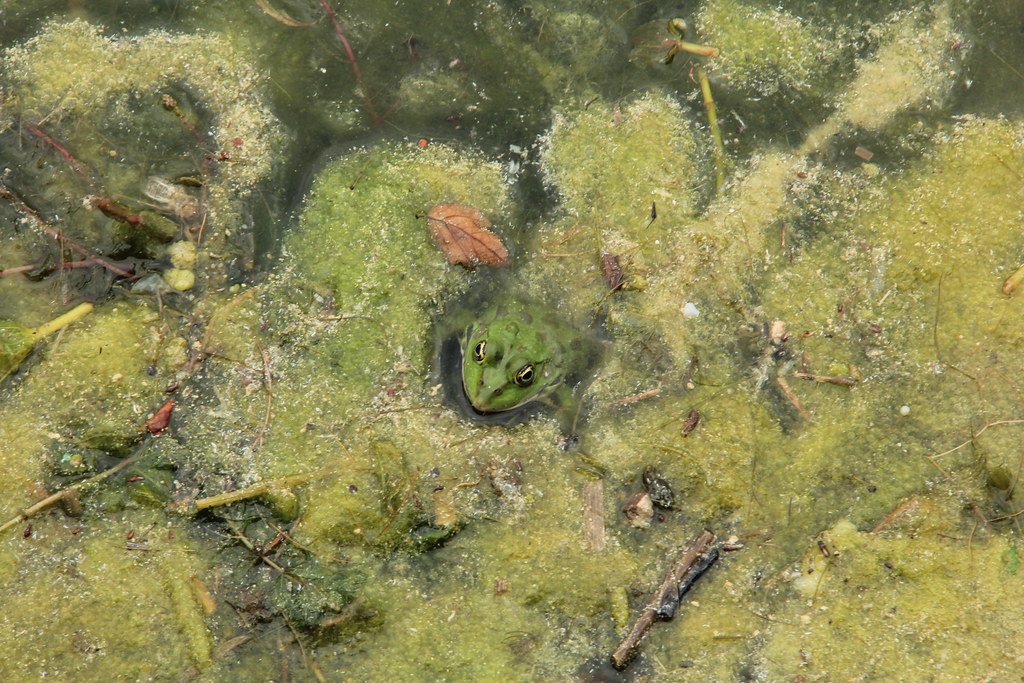


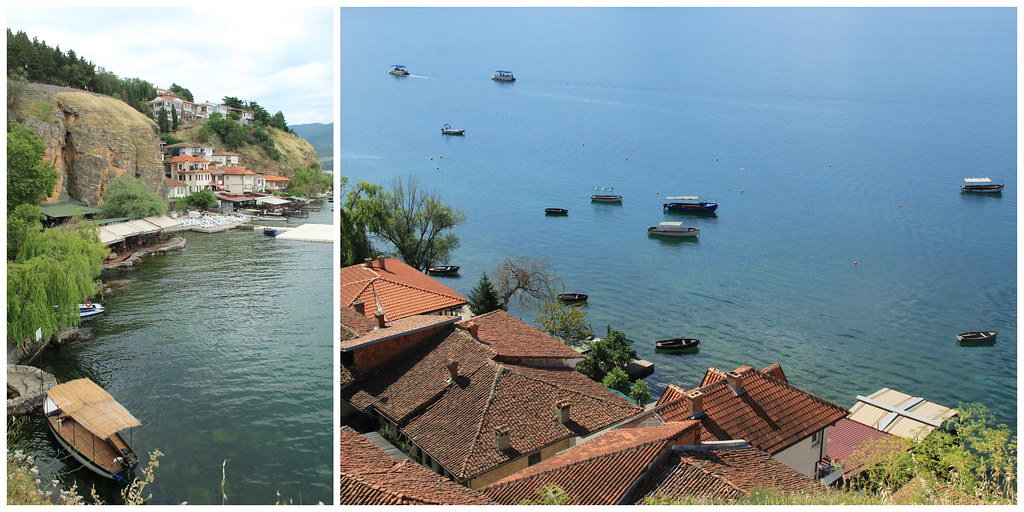
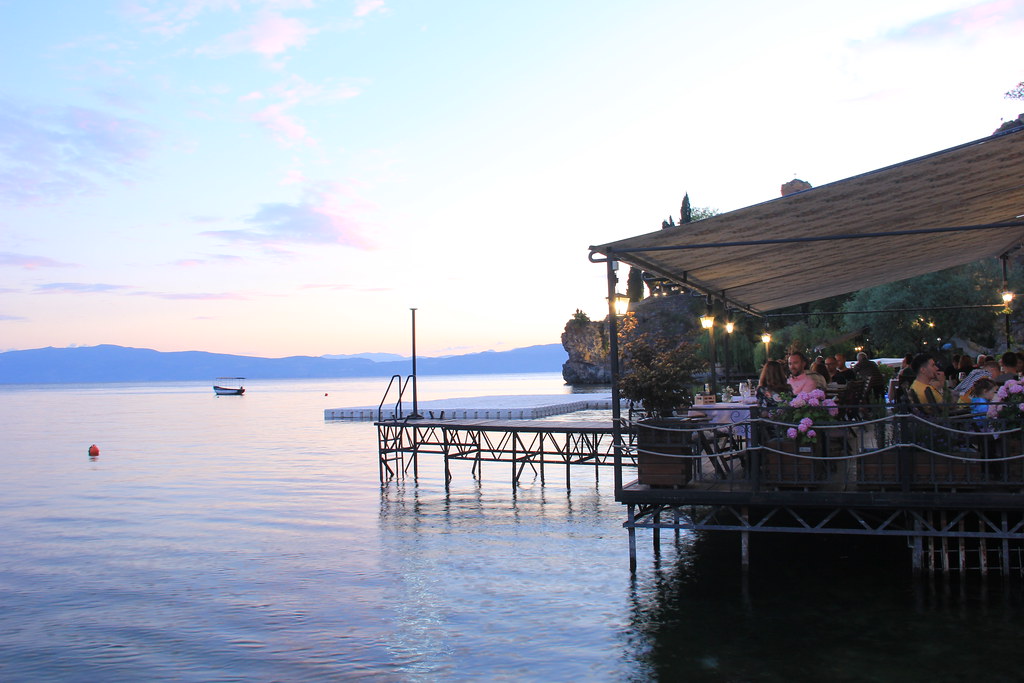


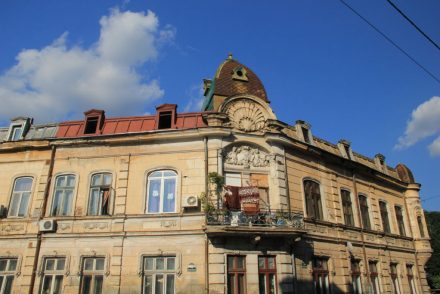




4 Comments
Ohrid is by far the most beautiful city on the Balkans (sharing the 1st place with Plovdiv in Bulgaria) for me. I was there this June when I embarked on a bicycle tour across Macedonia. Did you know there are 365 churches in Ohrid? One for every day of the year.
Plovdiv is still on my list of Balkan cities to visit! And I’m really interested to read about your bicycle tour across Macedonia 🙂 Did you organise this yourself or was it a tour? Yes, I read that there once was a total of 365 churches in Ohrid (in fact, I included this fact in my blog post). I think only a fraction of them still exist though?
Did you travel further afield? We’re planning a trip to go from ohrid to (hopefully) Mikrolimni in Greece on the far side of the next lake. We’re after advice on borders and taxis!
Hi Julie 🙂 We didn’t, I’m afraid as we were literally at the end of a road trip around Albania, and had primarily travelled to Ohrid as flights home were cheaper from there than they were from Tirana! That sounds like a fab trip you’re planning though, and I hope you manage to find the answer elsewhere 🙂